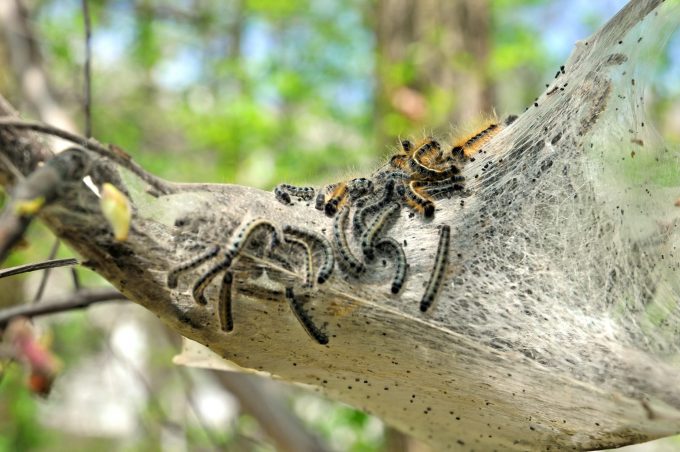EU ETS: 'the polluter pays', but the price 'must be more transparent'
Shipping lines now paying EU ETS surcharges, under ‘the polluter pays’ principle, will pass these ...

Discussions on how to deal with the potentially devastating effects of insects and other pests carried either on or inside cargo containers began in earnest this week at an International Plant Protection Convention (IPPC) conference in London.
For the first time the IPPC, part of the food and agriculture organisation of the UN, convened a transport workshop to discuss systems to significantly reduce the risk of accidentally transporting organisms that could potentially wreak havoc outside of their natural habitat, in or ...
MSC Elsa 3 sinking – now the 'blame game' begins
After DSV 'cuts the cake' on Schenker acquisition, time for redundancies?
Shippers hold their breath as Trump appeals court ruling that tariffs are illegal
Bad news for shippers as wave of transpacific rate increases continues
Houthis claim Red Sea safe for box ships not calling at port of Haifa
No deals with carriers, say Houthis – Red Sea safe for non Israel-affiliated ships
Rapid transpacific capacity build-up continues – can USWC ports handle it?

Comment on this article